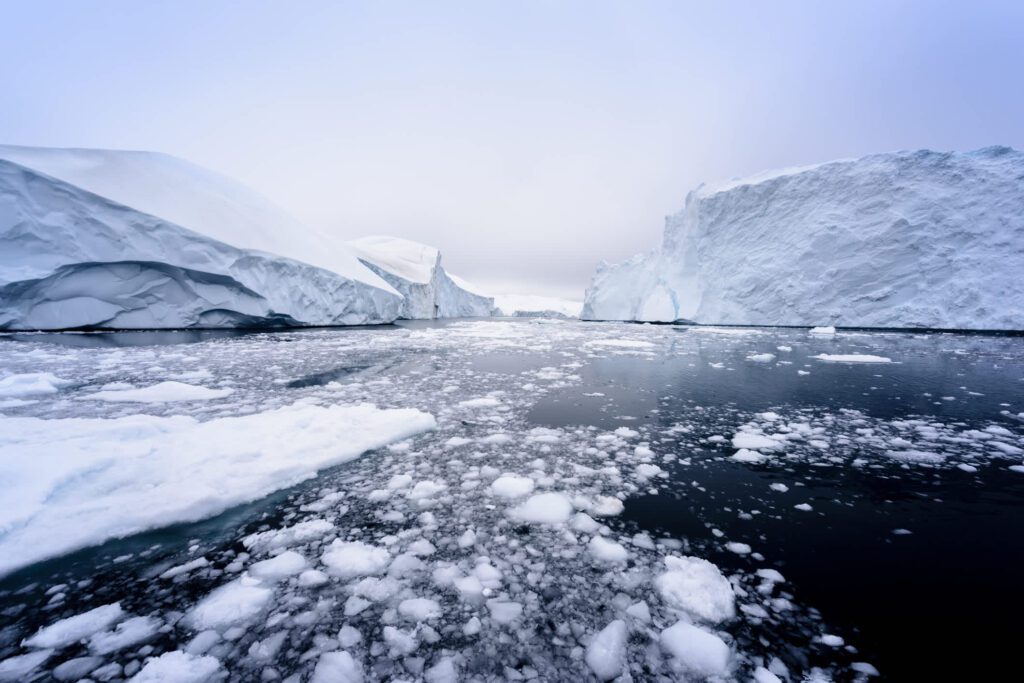New research indicates that Earth’s Arctic and Antarctic regions could shift over 89 feet by 2100 due to melting ice caused by rising temperatures. The Federal Institute of Technology Zurich analyzed how this melting redistributes water and affects Earth’s axis of rotation. The primary contributors to these shifts include the Greenland ice sheet, Antarctic ice, and global glaciers. The study highlights the significant impact of human-induced climate change, exemplifying how it enhances extreme weather events and alters geography.
The polar shift poses challenges for satellite and spacecraft navigation, as it complicates positioning based on Earth’s axis. Additionally, researchers expressed concerns about rising sea levels and the deformation of Earth’s surface linked to changing polarity. They recommend further investigations into past climate data to better understand the human influence on polar shifts.
Individuals can contribute to mitigating these changes by adopting sustainable practices and educating others about climate issues.
Source link


